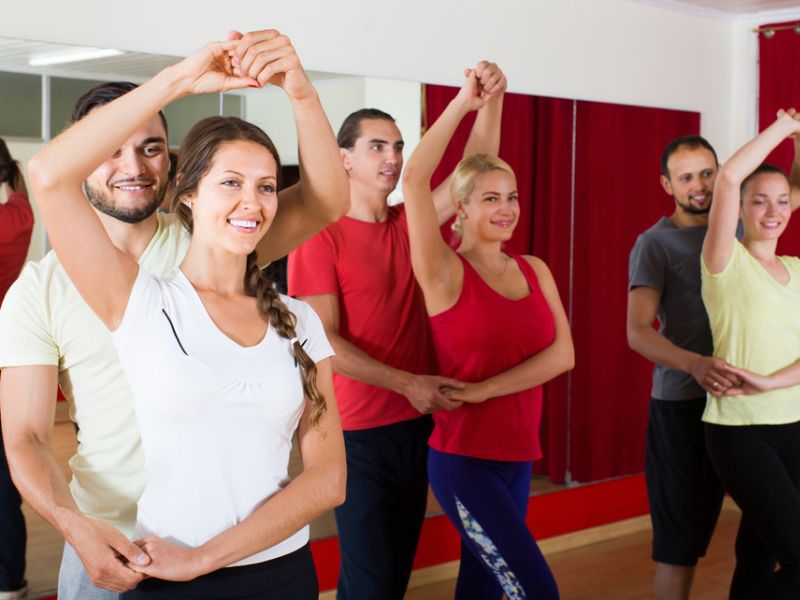Older adults prone to Alzheimer’s disease and other forms of dementia may benefit from social ballroom dancing by improving their cognitive functions and reducing brain atrophy. A recent study published in the Journal of Aging and Physical activity revealed this conclusion.
Twenty-five adults over 65 participated in six months of ballroom dance or treadmill walking classes twice a week. There was no formal dancing or exercise. We aimed to determine how each experience impacted cognitive function and brain health.

Image Credit: Shutterstock/goodluz
In contrast, dancing improved executive function and processing speed significantly more than treadmill walking on one measure of executive function. The hippocampus, a brain region necessary for memory functioning and mainly affected by Alzheimer’s disease had reduced atrophy when dancing compared to walking.
What’s At Stake
There is no cure for Alzheimer’s disease or related dementia, which affects nearly 6 million older adults in the U.S. and 55 million worldwide. Lifestyle interventions can potentially lower older adults’ dementia risk, even later in life. The aim is to reduce social isolation and physical inactivity. Unfortunately, recent drug treatments remain controversial concerning efficacy and ethics.
Social ballroom dancing targets both isolation and inactivity. During these latter stages of the COVID-19 pandemic, a better understanding of the indirect effects of COVID-19 – such as social isolation – is urgently needed.

Image Credit: Shutterstock/BearFotos
There Is Still A Lot To Learn
The effects of traditional aerobic exercise interventions on cognition, such as treadmill walking or running, have been modest but reliable. Our study builds on that research and suggests that exercise does not all benefit brain health equally. It is essential to confirm these findings with more extensive studies. Eventually, we will be able to leave the COVID-19 pandemic behind with lifestyle interventions like social ballroom dancing.